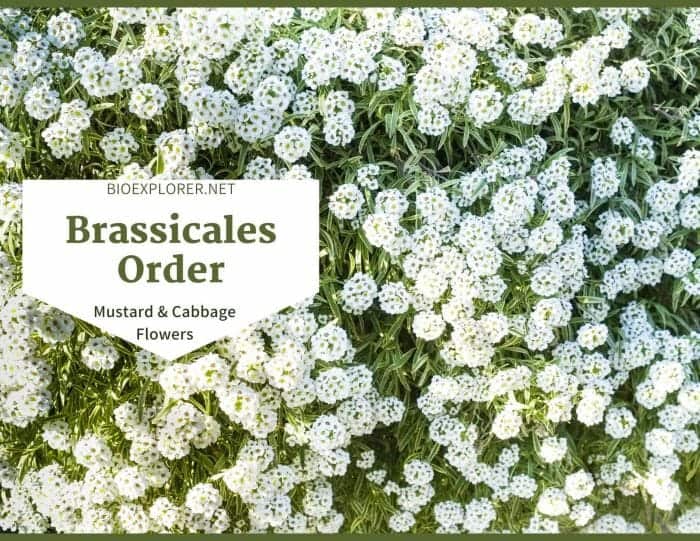
Brassicales is an order of flowering plants comprising trees, herbs, shrubs, or lianas primarily distributed worldwide. Brassicales have glucosinolates or mustard oils, small stipules, often bisexual flowers, inflorescences in racemose, and nectaries found between the petals and the stamens. The known plants of Brassicales are mustard, cabbage, capers, mignonette, and nasturtiums.
Table of Contents
Brassicales Families
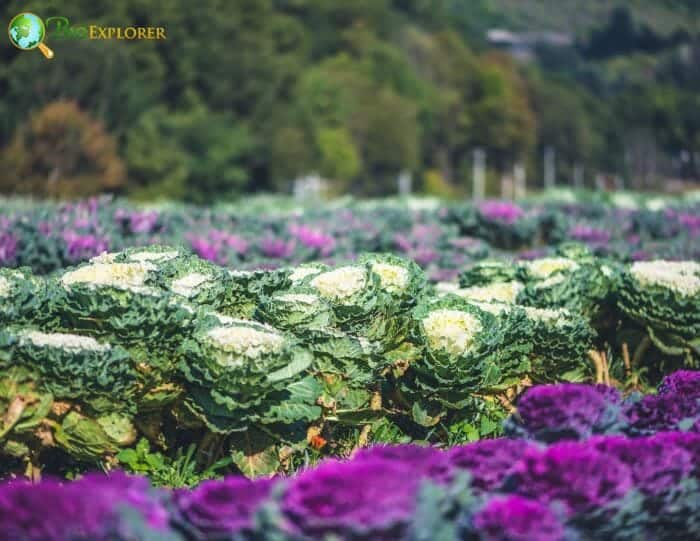
Brassicales is classified under the Eurosids II group of dicotyledonsWhat is dicotyledons?Angiosperm with two cotyledons. Cotyledon is seed leaf; the first leaf (or set of leaves) to appear during the early development of a seedling. with 17 families.[1].
- Akaniaceae (Turnipwood family)
- Bataceae (Saltwort family)
- Brassicaceae (Mustard and cabbage family).
- Capparaceae (Caper family)
- Caricaceae (Papaya family)
- Cleomaceae (Spider flower family).
- Emblingiaceae
- Gyrostemonaceae (Gyrostemon family)
- Koeberliniaceae (Crusifixion thorn family).
- Limnanthaceae (Meadowfoam family)
- Moringaceae (Horseradish tree family).
- Pentadiplandraceae (Joy perfume tree family).
- Resedaceae (Mignonette family)
- Salvadoraceae (Toothbrush tree family).
- Setchellanthaceae
- Tiganophytaceae
- Tovariaceae (Tovaria family)
- Tropaeolaceae (Nasturtium family)
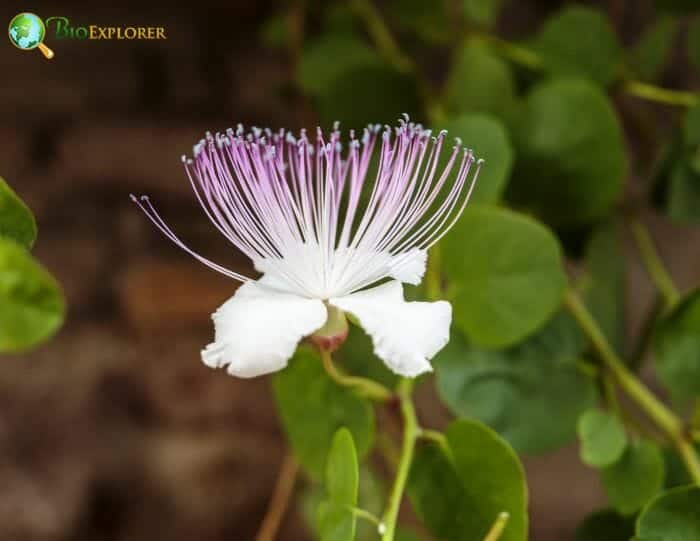
![]()
Brassicales Distribution
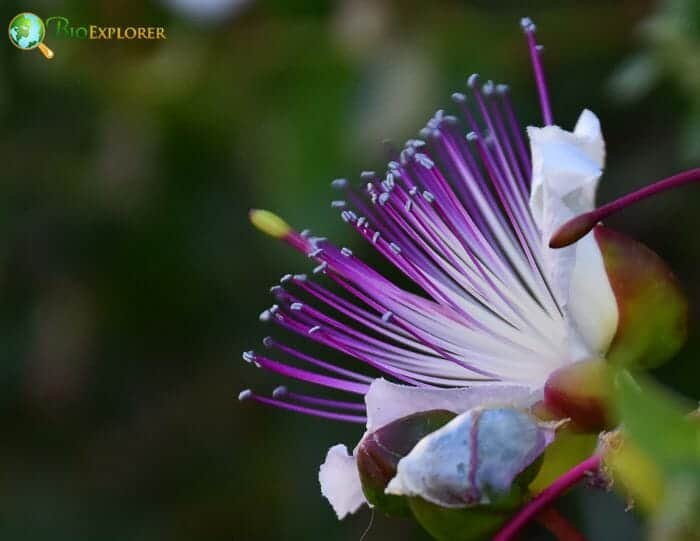
Brassicaceae or often called Cruciferae, with 338 genera and 3,710 species. Members of Brassicaceae are distributed all over the world.
- The Capparaceae family (40-45 genera and 700-800 species) is distributed in tropical and subtropical regions.
- The Caricaceae (4 genera and 40 species) are chiefly found in tropical America and Africa.
- The Carica papaya is found throughout India.
- The members of the Cleomaceae family (26 or more genera and 270 species[2] ) have a tropical and warm temperate distribution, especially in America.
- The Gyrostemonaceae family (5 genera and at least 18 species) plants are native to Australia.
- The plants of the Resedaceae family (7 genera and 51 species)[3] are mostly found in the Northern hemisphere, with a few species distributed in Southern Africa.
- The Moringaceae (1 genus and 12 species) are found in India, Africa, and Madagascar. The cultivation of the species Moringa oliefera is wide.
- The members of the Salvadoraceae family (3 genera and 8 species)[4] are often found in drier regions. They are distributed in Africa, Madagascar, Southeast Asia, and West Malesia.
- The plants of Tropaeolaceae (1 genus and 105 species ) are growing in the New World.
![]()
Brassicales Characteristics
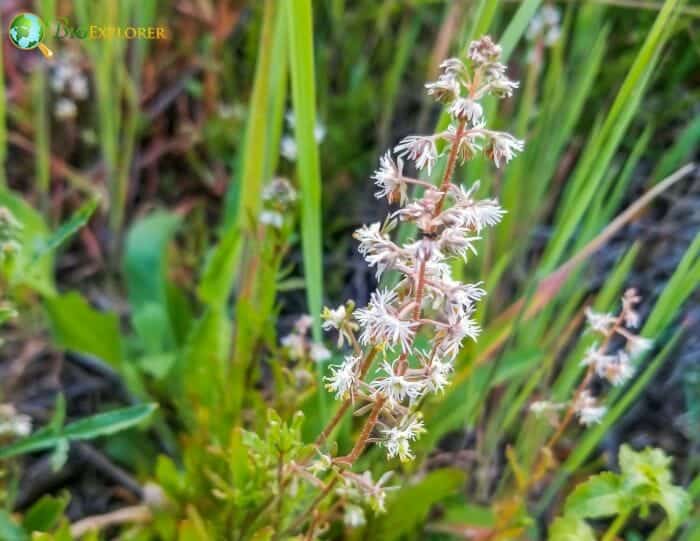
- Plant type: Members of the Brassicales order are trees, herbs, shrubs, or lianas.
- Stems: The young stems of the plants have hollow or solid internodes. The cork cambium is present or absent. Some species are pachycaulous. Others are unbranched. The stems can also be succulent or non-succulent.
- Leaves: The leaves can be simple or compound; alternate, spiral, alternate, and opposite. These leaves can be stipulate or exstipulate; if stipulate, they are usually small and spiny.
- Flowers and inflorescences: Most of the flowers are bisexual. The inflorescences are mainly in a raceme. Some flowers are solitary, in cymes or spikes.
- Sepals and Petals: The perianth typically has 4-5 sepals and 4-5 petals (clawed). Some flowers lack the petals.
- Stamens and carpels: The majority of the species have 2+4 stamens. Some members have numerous stamens. Commonly, there are 2 carpels in the gynoecium.
- Ovary and fruit: The ovary of the flowers is superior. The fruit is a capsule, berry, drupe, nut, samara, capsular, nutlet, or schizocarp. The fruit is with or without replum.
- Seeds: The seeds are exalbuminous, endospermic, or non-endospermic.
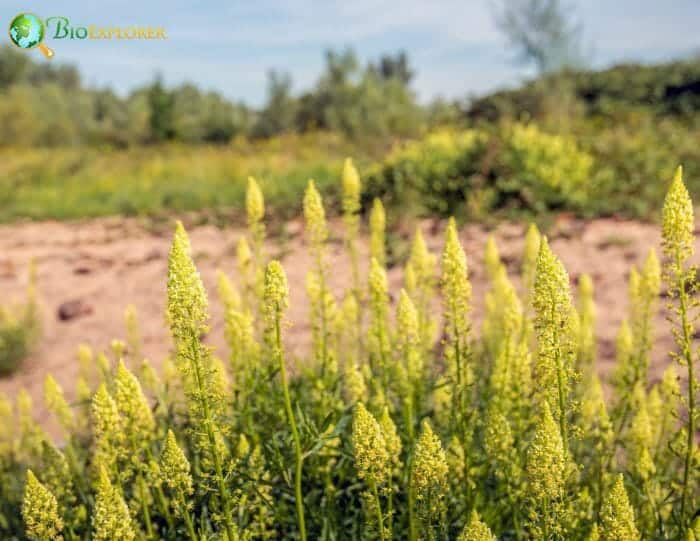
![]()
Brassicales Flowers and Reproduction
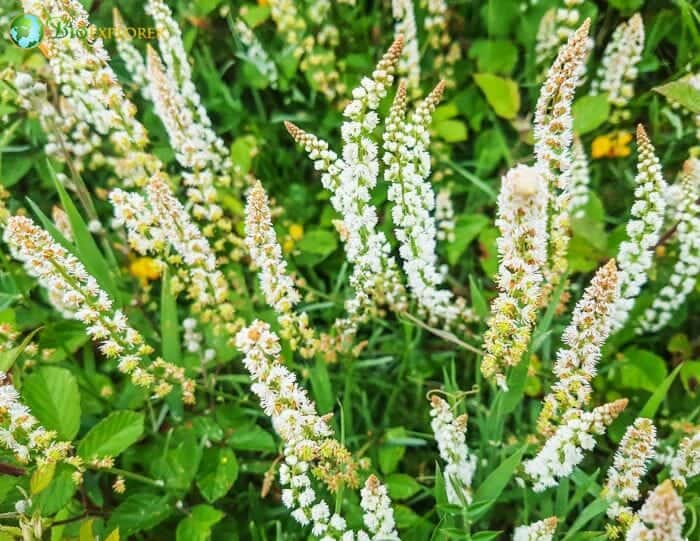
Brassicaceae flowers are usually actinomorphicWhat is actinomorphic?A characteristic of the flower exhibiting radial symmetry such as starfish or Daisy flower; capable of being bisected into identical halves along more than one axis, forming mirror images. Opposite is Zygomorphic., mostly bisexual, hypogynous, and pedicellateWhat is pedicellate?Borne on a pedicel; a flower characterized by having a stalk is also known as pedunculate or pedicellate; opposite is sessile (i.e., no stalk);. They are minute or medium-sized and fragrant or odorless. The flowers are commonly in a raceme. Very few flowers are solitary, axillary. The perianth has distinct calyxWhat is calyx?A collective term for all the sepals of a flower; the lowermost whorl of floral orgrans (Plural form is calyces). and corollaWhat is corolla?A collective term referring to the petals of a flower. or sepaline. The flowers have 4 sepals and petals. The petals are white, yellow, orange, purple, or blue. The petals of the Brassicaceae are often clawed. Usually, the stamens of the flowers are of the same length as the petals. The nectars are secreted from the perianth, disk, and androecium. Flowers of Brassicaceae are pollinated by insects or wind[5].
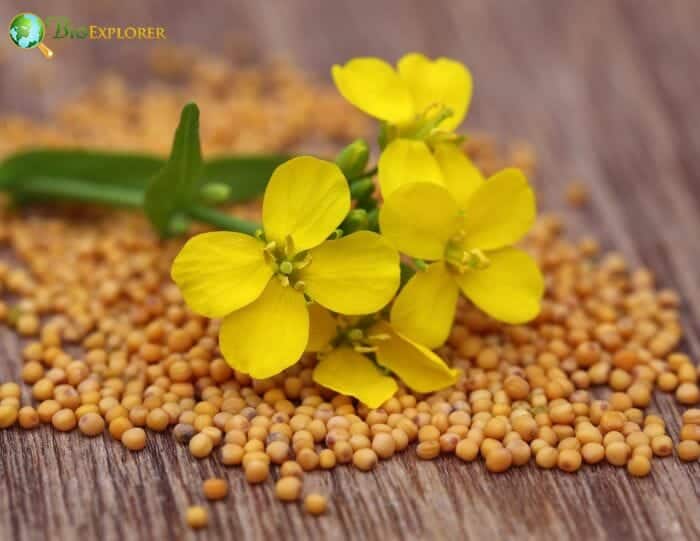
The flowers of Capparaceae have bisexual flowers. Some plants are unisexual. The flowers are terminal or axillary; in a raceme, corymbs, or solitary. They are stalked, and the bracts are rarely present. Pollination of the flowers is by insects[6]. There are 2-4 sepals. The calyx is cup-shaped or tubular, free, or fused. The corolla has 4 petals that alternate with the sepals; free. The petals are often clawed at the base: palate, white, cream, yellow, orange, magenta, or purple.
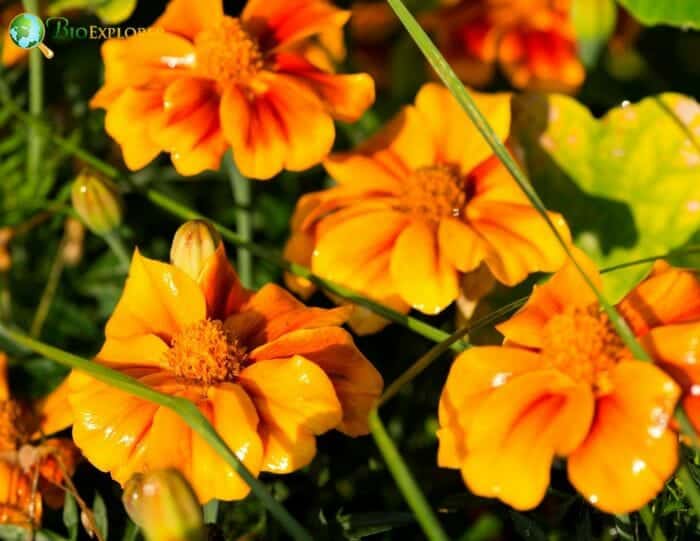
Cleomaceae flowers[7] are actinomorphic and slightly zygomorphicWhat is zygomorphic?A characteristic of the flower having only one plane of symmetry, as in a pea or snapdragon; bilaterally symmetrical; especially in reference to a flower or corolla; Opposite is Actinomorphic; irregular flower;, pedicellate, and bisexual. Usually, the flowers are racemose (terminal or axillary). Sometimes, they are in inflorescences of flat-topped or solitary. When solitary, they are commonly elongated in fruit. Both the perianth and the androecium are hypogynous. There are 4 distinct or basally connate sepals. There are also 4 petals; distinct, imbricateWhat is imbricate?overlap or cause to overlap; in botany terms, scales, sepals, or plates having adjacent edges overlapping; with margins of structures overlapping like shingles on a roof., and directly attached to the receptacle. The intrastaminal nectary discs are present or absent in the flowers. The Spider flowers from the genus Cleome[8] are in a terminal raceme. Each wide flower is on a 2-inch pedicelWhat is pedicel?The stalk of an indidivual flower in an inflorescence or the stalk of a grass spikelet.. There are 4 light green sepals and 4 clawed petals in white, pink, Rose, or purple. The flowers are visited by hummingbirds, hummingbird moths, insects (bees and butterflies), and bats (native tropical habitat).
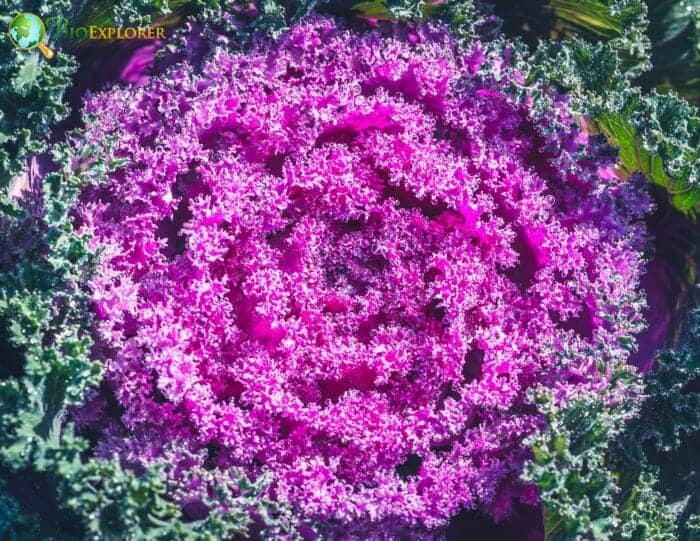
The nasturtium flowers[9] are zygomorphic, showy, medium-sized, and usually very irregular. The flowers are solitary; axillary. They are bisexual, and pollination is entomophilousWhat is entomophilous?Pollination by insects. Contrast anemophilous (wind-pollination).. Free hypanthium is present. There are 5 petaloid sepals in the calyx. The petals are 2-5 in the corolla; 1 whorl. The nasturtium flowers can be in single or double blooms in orange, yellow, maroon, red, pale yellow, and white.
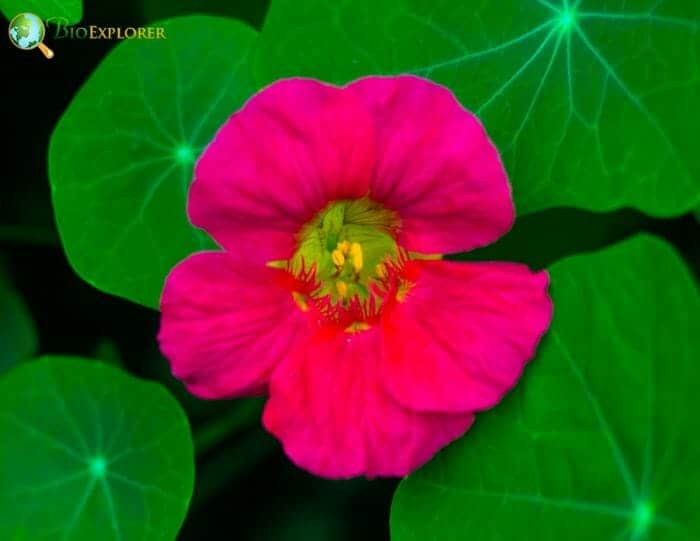
![]()
Brassicales Family differences
Brassicales’ order consists of approximately 17 families, 7 of which will be compared here.
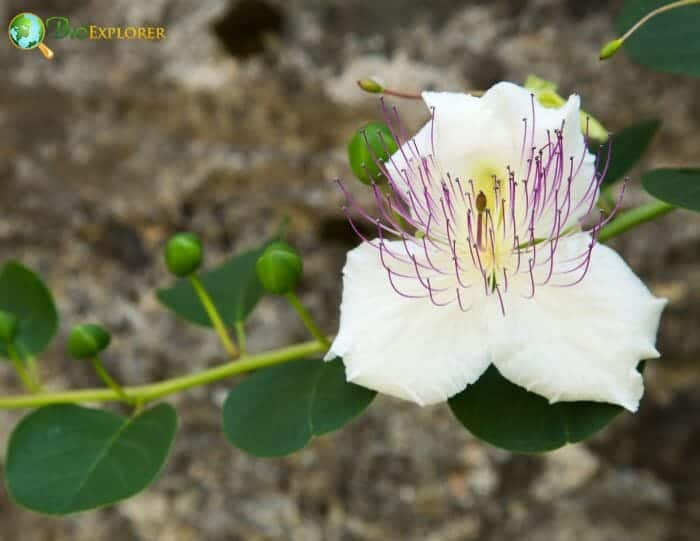
Brassicaceae
- Members of the Brassicaceae are usually herbs and rarely shrubs.
- Some shrubs are pachycaulous.
- Most leaves are simple and spiral. Rare species are compound. Most of the leaves are lobed to divided. The leaves are exstipulateWhat is exstipulate?Without stipules; Stipule is a small structure of appendage found at the base of some leaf petioles..
- The flowers are generally bisexual. The inflorescence of the flowers is usually raceme.
- The dichlamydeousWhat is dichlamydeous?Having a perianth composed of a distinct calyx and corolla. and cruciate perianth has 2+2 sepals. The petals are 4; often clawed. A few species have no petals in the flowers.
- The biseariate and apostemonous stamens are 2+4. The syncarpousWhat is syncarpous?Flowering having united carpels; Contrast apocarpous. gynoecium has 2 carpels and 2 locules.
- The ovary is superior, and the fruit is dehiscent with a replum (siliques or silicles).
- Fruits usually have exalbuminous seeds.
![]()
Capparaceae
- Members of the family are trees, shrubs, and lianas.
- The leaves are alternate and simple. They are stipulate or exstipulate. If the stipules are present, they are small and often spiny.
- The flowers are mostly perfect and tiny. These flowers are usually in racemes.
- The sepals and petals are commonly distinct in the perianth. Sometimes, the perianth is sepaline. The perianth is 2-4 whorled. The sepals are 4 (2+2); 2 whorls. The petals, when present, are 4 (very rarely 2).
- The androecium is 4 to many; commonly branched. The gynoecium regularly has 2 carpels. Other flowers have 10-12 carpels.
- The ovary is superior, and the fruit is often a capsule, usually a berry, a few are nut, drupe, or samara. The fruit lack replum.
- The seeds are endospermic or non-endospermic.
![]()
Caricaceae
- The members of the Caricaceae are palm-like trees, ‘arborescentWhat is arborescent?Becoming tree-like.‘, shrubs, or herbs; laticiferous.
- The stems are soft, succulent, or non-succulent, and pachycaul or leptocaul. Commonly, the trunk is unbranched.
- The clusters of leaves are terminal. The leaves are large, alternate, and petiolate. These leaves are simple or compound. The leaves are palmate, and occasionally the leaflets are pinnately lobed. When the lamina is simple, it is usually entire and palmatifid. In rare cases, the lamina is dissected and pinnatifid. The Caricaceae leaves are usually exstipulate. Some species are stipulate. The stipules are spiny if present.
- The flowers are unisexual. The inflorescences are solitary or aggregated in cymes.
- The perianth consists of 5 sepals and 5 petals.
- The androecium comprises 5 0r 10 stamens; adnate to the corolla tube. The gynoecium is syncarpous with 5 carpels and 5 stigmas.
- The ovary is superior, and the fruit is a large berry (melon-like).
- The seeds are endospermic. The endospermWhat is endosperm?An embryonic nutritive tissue formed during double fertilization by the fusion of a sperm with the polar nuclei. is oily.
![]()
Cleomaceae
- Members of the Cleomaceae family are annual or perennial herbs or shrubs.
- The stems are usually erect, branched, or unbranched.
- The leaves of the Cleomaceae are alternate and spirally arranged. Usually, the leaves are palmately compound. Some species have simple leaves. The venation of the leaves is pinnate. The stipules and petioles are regularly present. Plants have entire, serrate, serrulate blade margins.
- The flowers are usually bisexual. Within the sections of the racemes, they are developmentally unisexual. These flowers are terminal or axillary. Often, they are racemose. Some flowers are solitary or flat-topped.
- The flowers have 4 sepals and 4 petals.
- The stamens of the flowers are commonly 6-27 with free filaments or basally adnate to gynophore or androgynophore. The carpel is typically 1, and the locules are 2.
- The ovary is superior, and the fruit is capsular, nutlets, or schizocarps.
- The fruit seeds are 1-65; arillate or not; endospermic or non-endospermic.
![]()
Gyrostemonaceae
- Plants of the Gyrostemonaceae[10] are trees, shrubs, or undershrubs.
- The leaves of the species are small to medium-sized. These leaves are simple, alternate, spiral, and are mostly fleshy (a few members are herbaceous to leathery). The petiole is present or absent. The leaf blades are entire. The leaves have small stipules or no stipules.
- Plants are mostly dioeciousWhat is dioecious?Pertaining to plants, individuals of which bear either staminate or pistillate flowers, but not both.. The flowers are solitary or in racemes and spikes.
- The perianth is sepaline with 4-5 sepals in 1 whorl.
- The androecium is exclusive of 6-100 fertile stamens; 1-5 whorled. The syncarpous gynoecium is made up of 2-many carpels.
- The ovary is superior, and the fruit is a schizocarp.
- The seeds are copiously endospermic. The endosperm is oily.
![]()
Tropaeolaceae
- Species of the Tropaeolaceae are herbs.
- The leaves of the plants are simple or compound, alternate or alternate and opposite, and petiolate. The leaves are palmate when compound. The leaves are stipulate or exstipulate.
- Plants are hermaphroditeWhat is hermaphrodite?An organism or structure possessing both male and femal reproductive organs; a flower with both stamens and pistils. Other synonyms: bisexual or monoclinous.. The flowers are solitary.
- There are 5 petaloid sepals in the calyx. The petals are 2-5 in the corolla; 1 whorl.
- The stamens are 8; free of the perianth and free of one another; 2 whorled. The gynoecium has 3 carpels.
- The ovary is superior. The fruit is a schizocarp.
- The seeds are non-endospermic with amyloid.
![]()
Resedaceae
- Members of the family are primarily herbs and a few shrubs.
- Most of the leaves are alternate. The leaves are simple, petiolate to sessile, and stipulate. The lamina is entire or dissected, one-veined or pinnately-veined.
- Plants are usually hermaphrodites. The flowers are aggregated in racemes and spikes.
- The calyx and the corolla are distinct in the perianth or sepaline. The sepals are commonly 12; usually 2 whorls. The petals, if present, are typically 6; 1 whorl.
- There are 3-50 or more stamens in the androecium; free of perianth and free of one another. The gynoecium has 2-7 carpels.
- The fruit is capsular or a berry.
- The seeds are almost non-endospermic.
![]()
Brassicales Example species
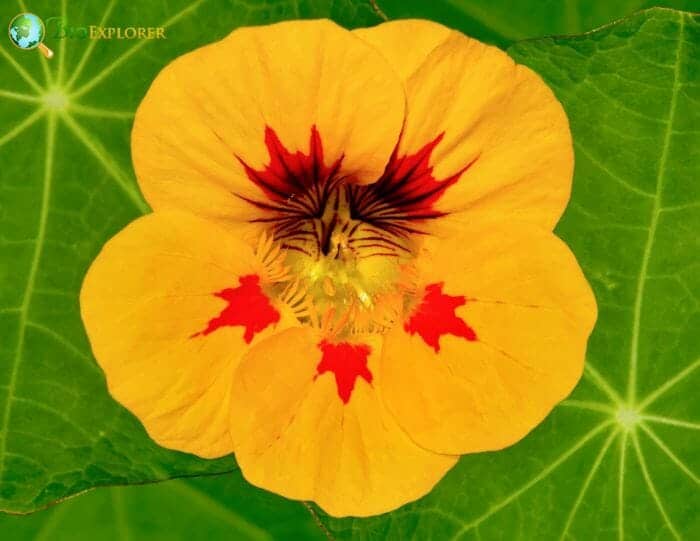
Order Brassicales comprises many important species that are economically important. Below are the example species from the Brassicales.
- Saltwort- The roots, stems, and leaves are used by the Native Americans as food. The seeds are also edible, very nutritious, and high in protein. The plant is also used as a fat and oil source. Additionally, the plant is used in traditional medicine.
- Broccoli- The broccoli leaves are eaten as a vegetable throughout the world.
- Radish- The leaves and the roots of the radish are edible. The seeds, old roots, and leaves are medicinal.
- Caper bush- The flower buds and fruit of the caper bush have traditional food/culinary uses. The plant also has essential alkaloids and potential antioxidant compounds for medicinal applications.
- Papaya/Pawpaw- The fruit is edible. It is also used as a food additive and beverage base. The papaya also produces dye. Also, the plant parts are used in traditional medicine.
- Golden cleome- The plant is consumed as food. Golden cleome is also used in traditional medicine.
- Poached egg plant- The Poached eggplant is a popular garden plant.
- Horseradish tree- The whole leaves, immature seed pods, young pods, and roots are edible. The plant has a very high nutritional value. It is also used in traditional medicine.
- Wild mignonette- The plant has been cultivated as ornamental in recent times. However, it has sedative properties and can also produce a yellow dye.
- Garden nasturtium- All parts of the plant above the ground are edible. garden nasturtium is also used medicinally by some native South Americans.
![]()










